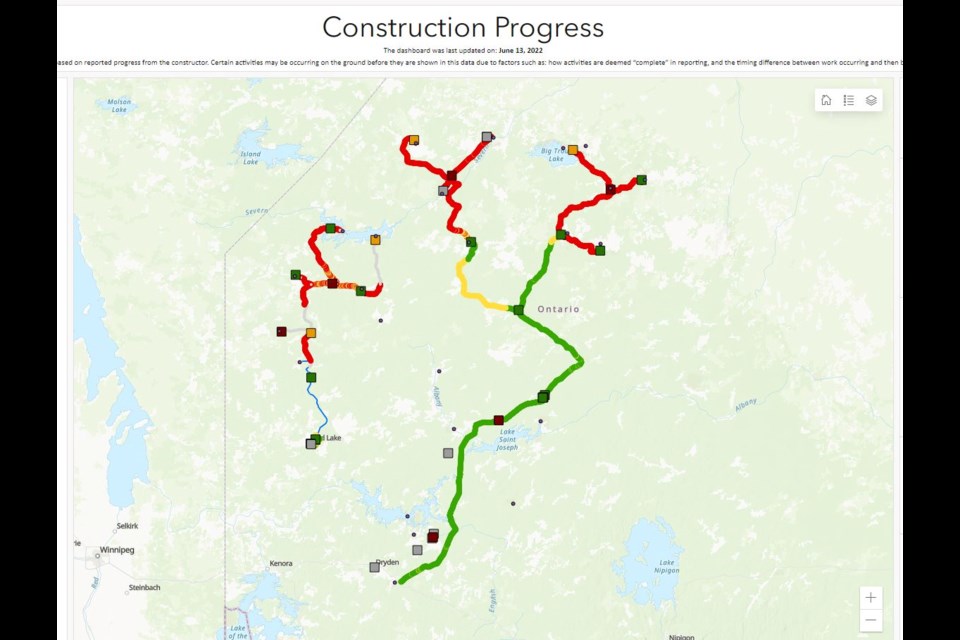FORT WILLIAM FIRST NATION – Seventeen First Nations will soon be relieved from using diesel to power their communities now that Wataynikaneyap Power has completed the 230-kilovolt line from Dinorwic to Pickle Lake.
“I’m really happy to report that we have accomplished that milestone and that is a way for us to connect remote First Nations as we continue to build the line towards Red Lake, as well as towards north of Pickle Lake,” said Margaret Kenequanash, CEO of Wataynikaneyap Power.
Wataynikaneyap Power is majority-owned by 24 First Nations, in partnership with Fortis Inc. and other private investors. The 1.8 billion dollar infrastructure project was part of Ontario’s long-term energy plan to get remote northern Ontario First Nations off of diesel power generators.
According to Wataynikaneyap Power, “many of these generators are at capacity and not able to connect to new infrastructure.”
With the installation of the Wataynikaneyap line, remote First Nations communities will no longer have to worry about rolling brownouts and full-blown power outages that have been plaguing these communities’ daily lives.
The possibilities will be near-endless, as these communities will now be able to upgrade their infrastructure to capitalize on the supply of energy.
Infrastructure projects like creating new housing developments were not possible due to the power capacity of diesel-run generators. Small and large businesses could operate at a beneficial level, where some would have to close during periods of blackout. Schools, as well, weren’t able to upgrade to meet the changing technology.
“As we know, there are a lot of challenges we have currently with the capacity with the diesel generators, which challenges the communities with a lack of housing,” said Kenequanash. “They can’t catch up with their housing. In terms of community infrastructure, hopefully improving the community infrastructure, as well as, building new schools and some communities cannot connect their new schools because of the diesel generator capacity. When we started talking about this there were some challenges with the health and safety of individuals, elderly people, people that are sick, that is on dialysis, people that have COPD, people who have chronic health problems, and if there are power outages it presents some challenges.”
Children are now able to have a learning environment that endorses new learning opportunities without feeling like their education is left behind, while health units and care-group won’t have to worry about power outages during the treatment of patients.
Currently, there are two main substations for the 230 kV energization. Dinorwic Substation will serve as the connection to the provincial power grid while Pickle Lake Substation will step down the power from 230 kV to 115 kV.
“The Wataynikaneyap Power Transmission Project is the largest First Nations-led infrastructure project in Canada,” says Eliezar Mckay, First Nation LP Board Chair. “Our leaders have come together on a regional issue and found a solution. First Nation ownership will ensure responsible development of infrastructure on our homelands and maximize benefits to communities.”
Phase one of the project will conclude sometime in October whereas phase two will commence shortly afterwards well into 2024 where the remain remote community will be connected to the power grid.
